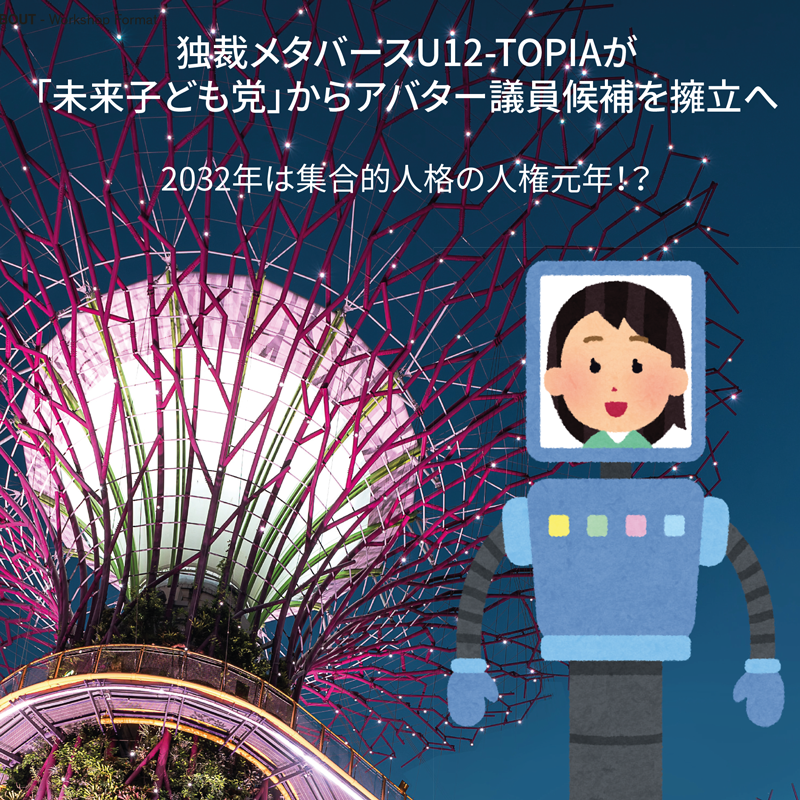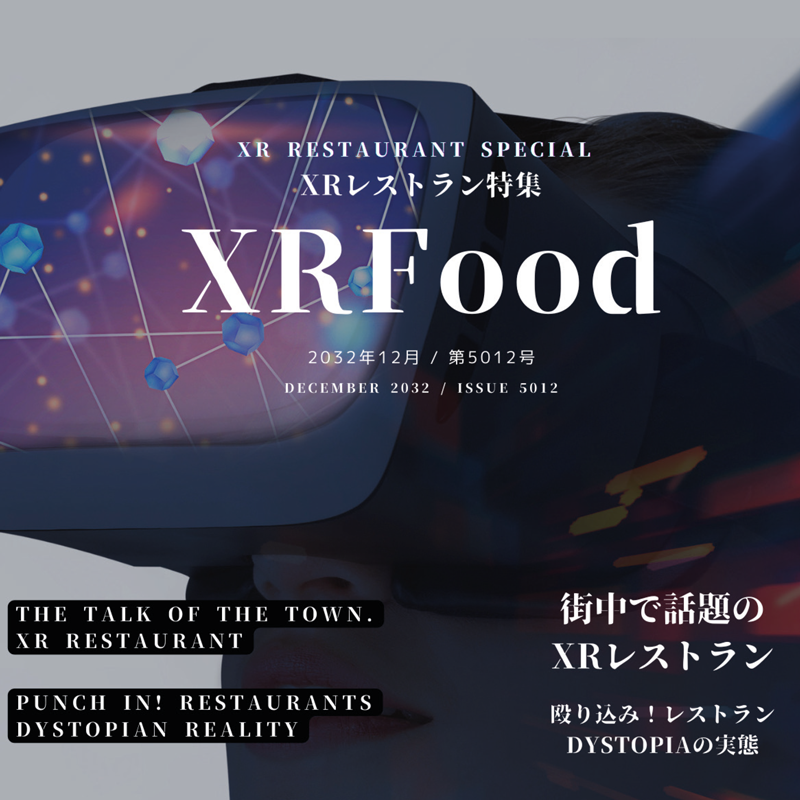TOKYO x TAIPEI X Munich X WUPPERTAL
METAVERSE
PERSPECTIVES
Metaverse
Perspectives
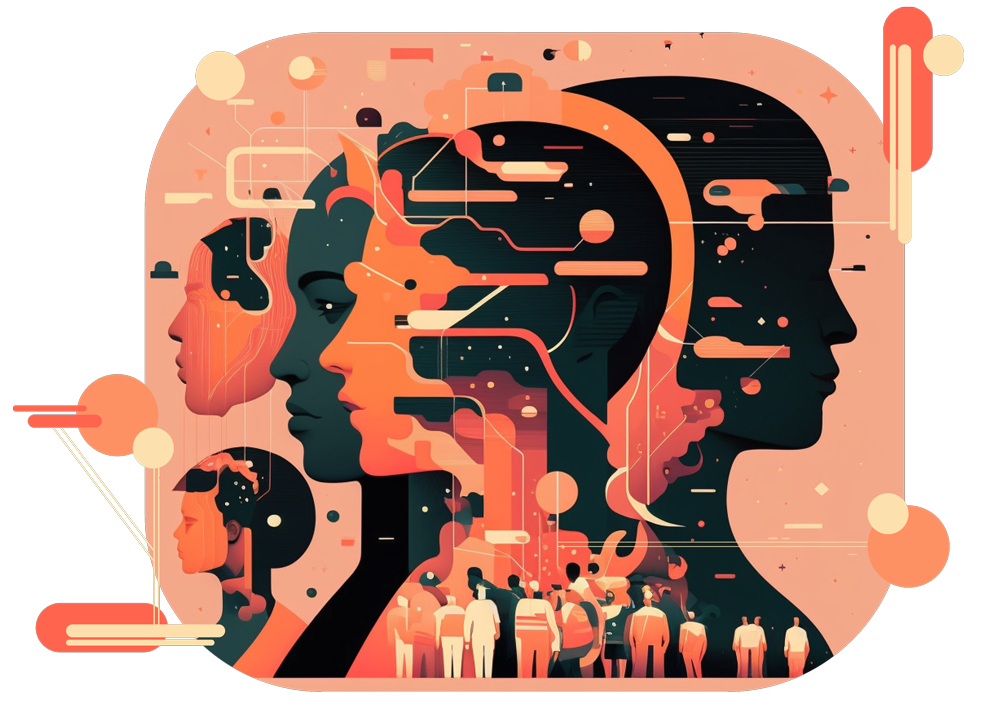

In 2022 our theme was Metaverse Perspectives. The goal was to explore prospective societies in which the Metaverse has been established as integral part. Speculative Design workshops took place in Tokyo/Yokohama, Japan and Taipei, Taiwan. The products presented below were conceptualized and designed in the course of these workshops. Each product was designed by a workshop or student group and embedded in a different speculative future scenario.
Many thanks to our collaborators:
_ HAI Lab, KEIO University Tokyo/Yokohama
_ Faculty for Industrial Design, Shih Chien University Taipei, Taiwan
_ Goethe Insitute Tokyo (communication partner)
_ mutek (communication partner)
In addition to workshops that focused on the creation of Speculative Design artifacts (shown below), we conducted survey workshops, where we confronted participants with previously designed future visions of prospective Metaverse societies to learn about their perceptions and perspectives.
Many thanks to our collaborators:
_ MUCDAI, Munich Center for Digital Sciences and AI, University of Applied Sciences, Munich, Germany
_ Chair of Cyber Trust, Technical University of Munich, Germany
_ Faculty for Industrial Design, University of Wuppertal, Germany
ABOUT THE METAVERSE:
The concept of the metaverse was first introduced in 1992 as part of the science fiction novel Snow Crash and gained renewed importance driven by large tech companies in 2022. It describes a form of the Internet that consists of persistent, shared 3D virtual spaces that are connected to build a virtual universe. Questions about the shape of this virtual universe and the design of social interactions emerge. These questions integrate profound social and societal significance and highlight the importance of an open discourse that includes many different perspectives in order to do justice to the pluralism of a (digital) society.
DOWNLOAD THE REPORT HERE
In this report we introduce a participatory speculative design framework to explore citizens‘ perspectives on future metaverse societies and social implications. We present participants’ fictitious magazine articles as results of a workshop conducted in Japan in 2022. We discuss implications, and contribute to expanding conversations on metaverse developments.
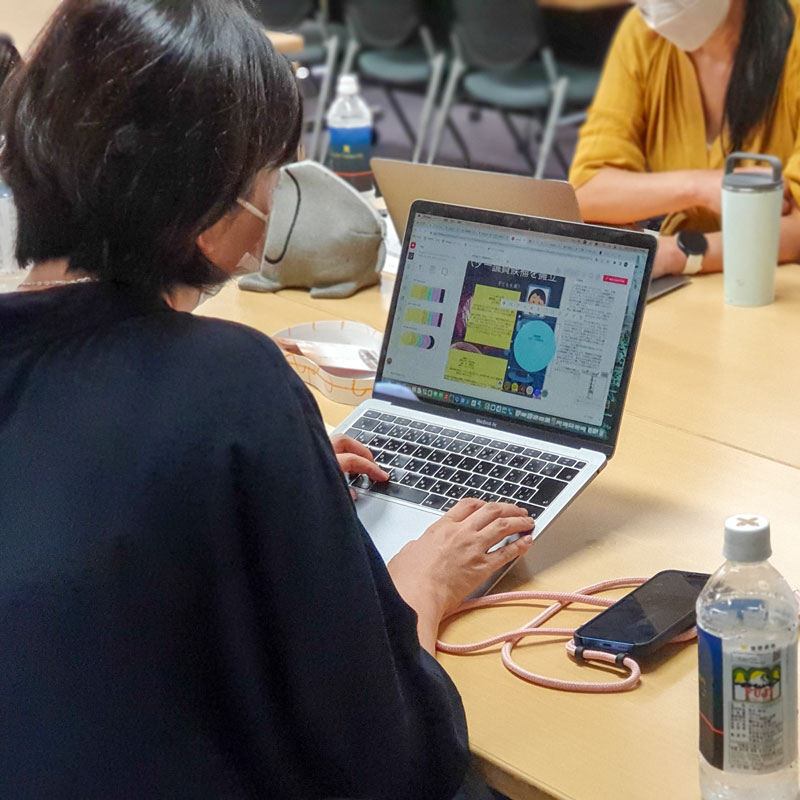
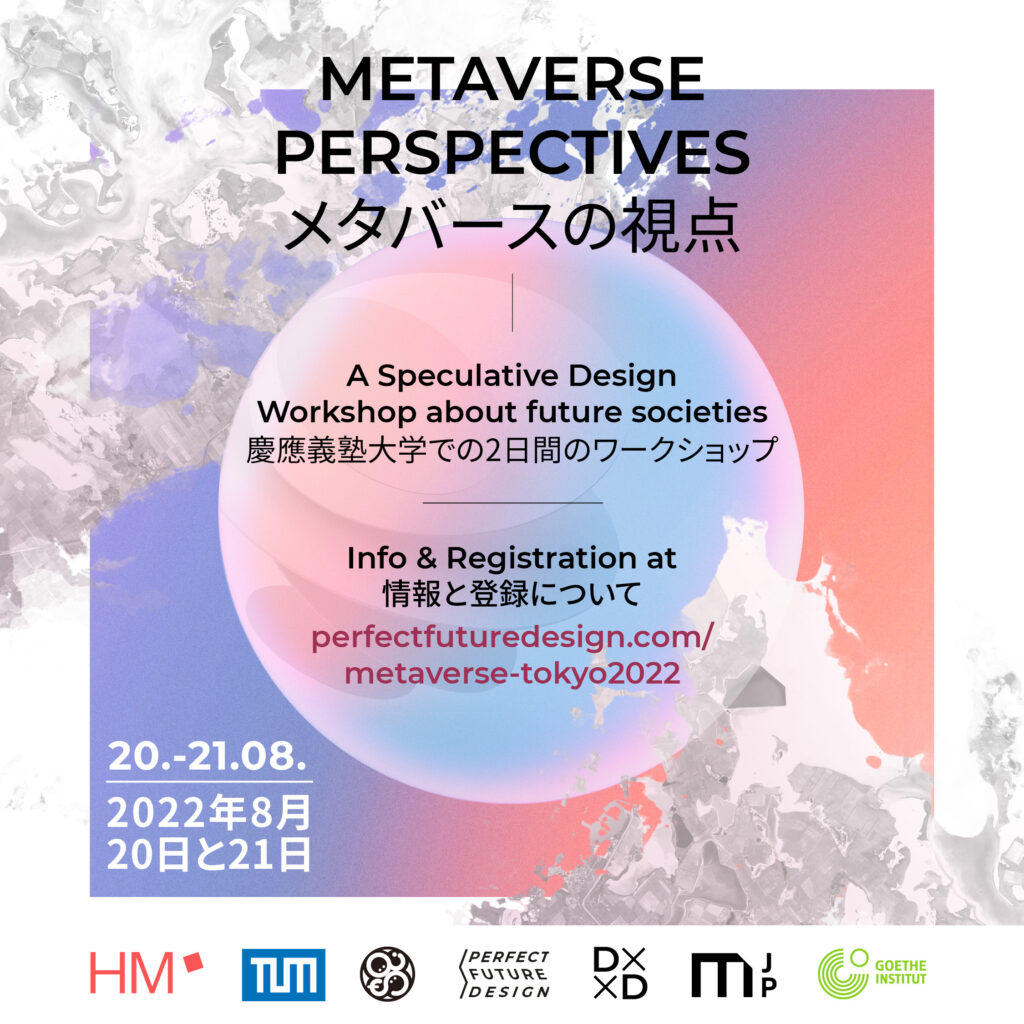
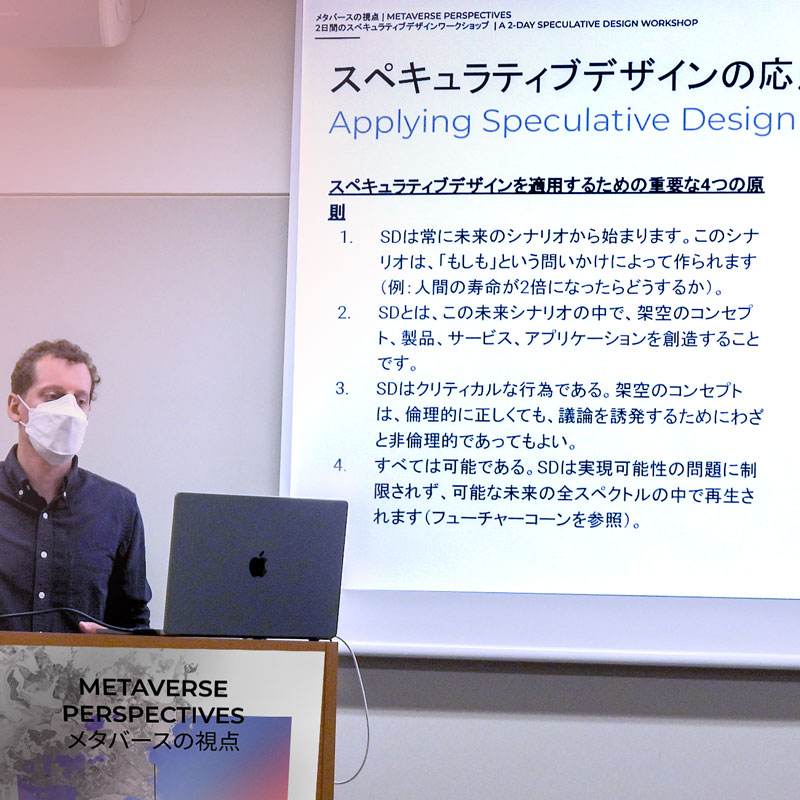
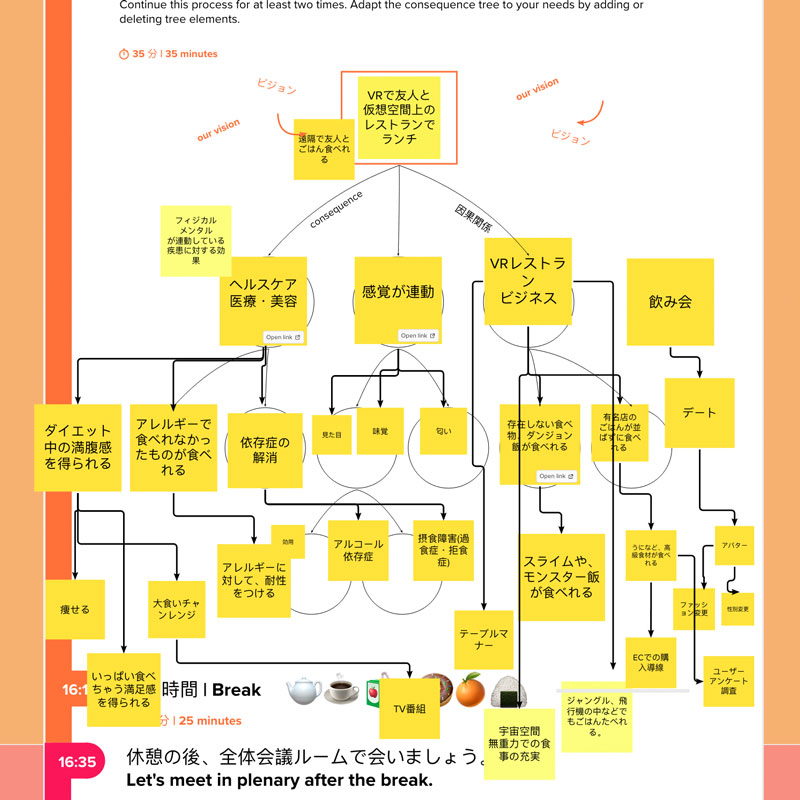
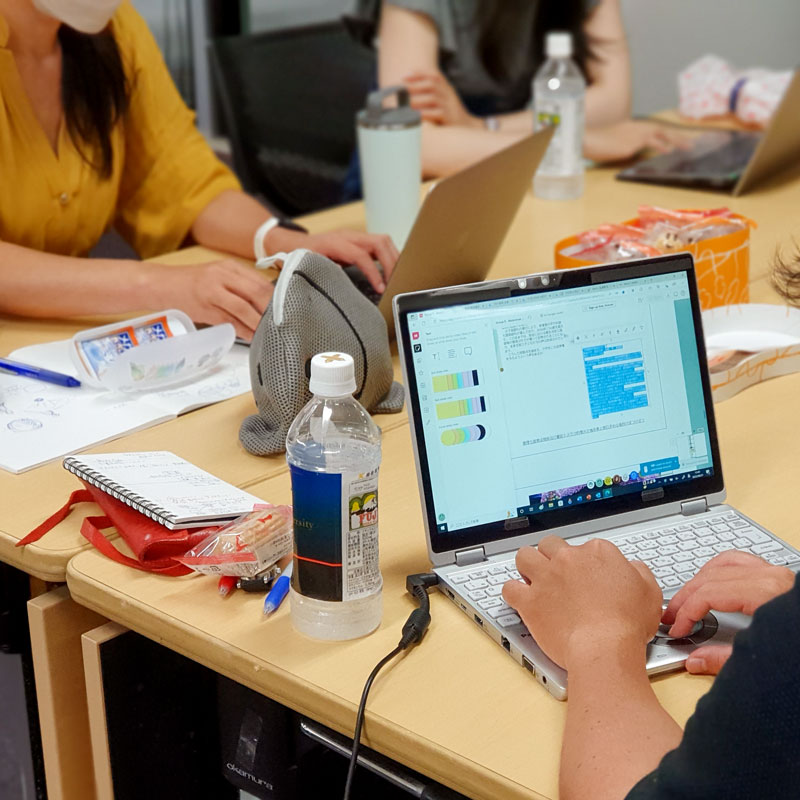
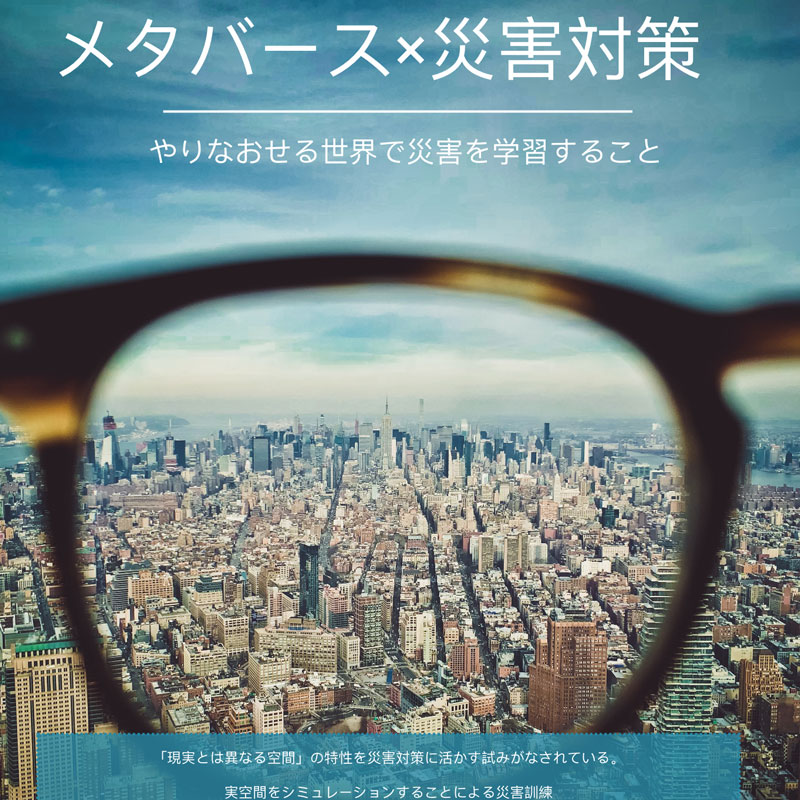
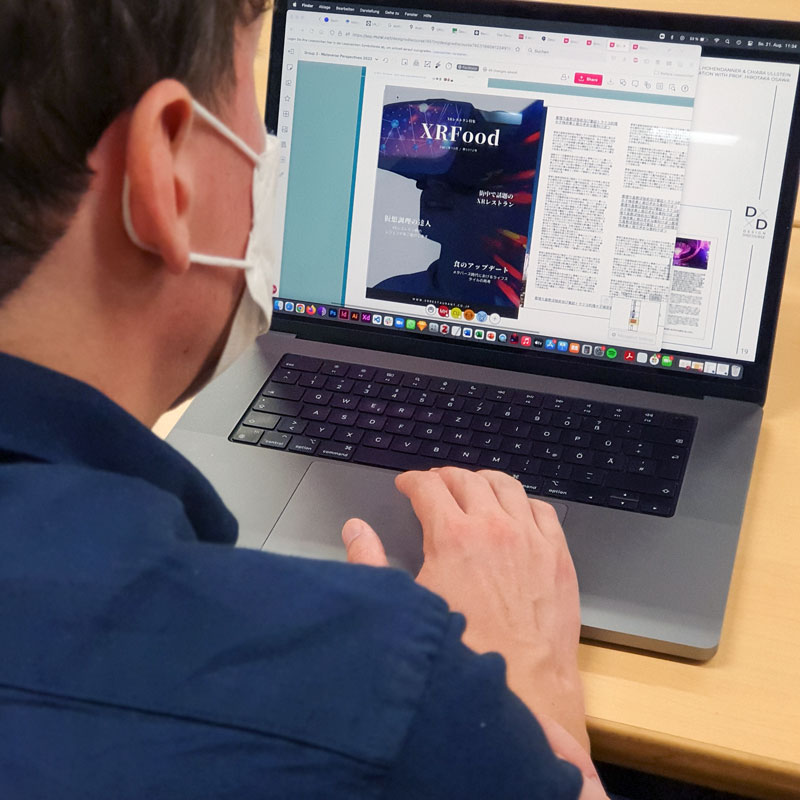
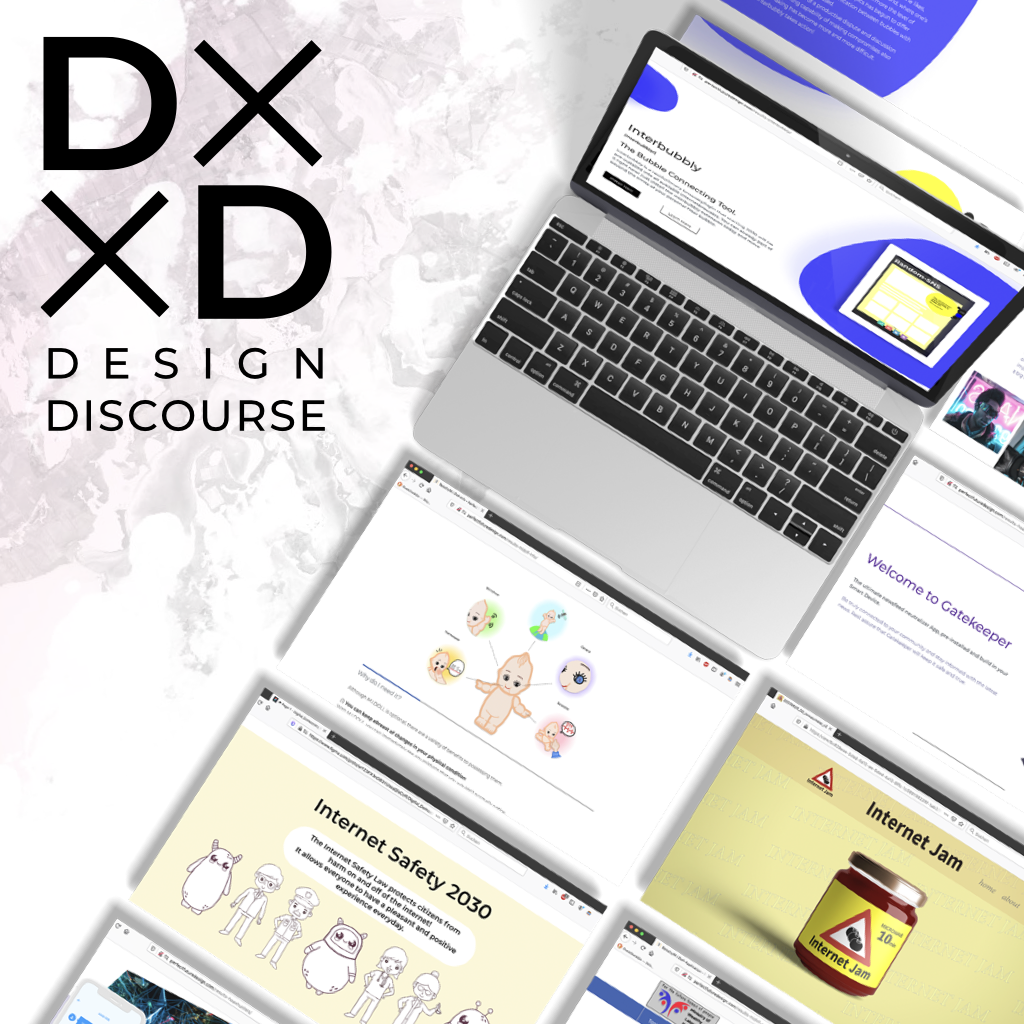
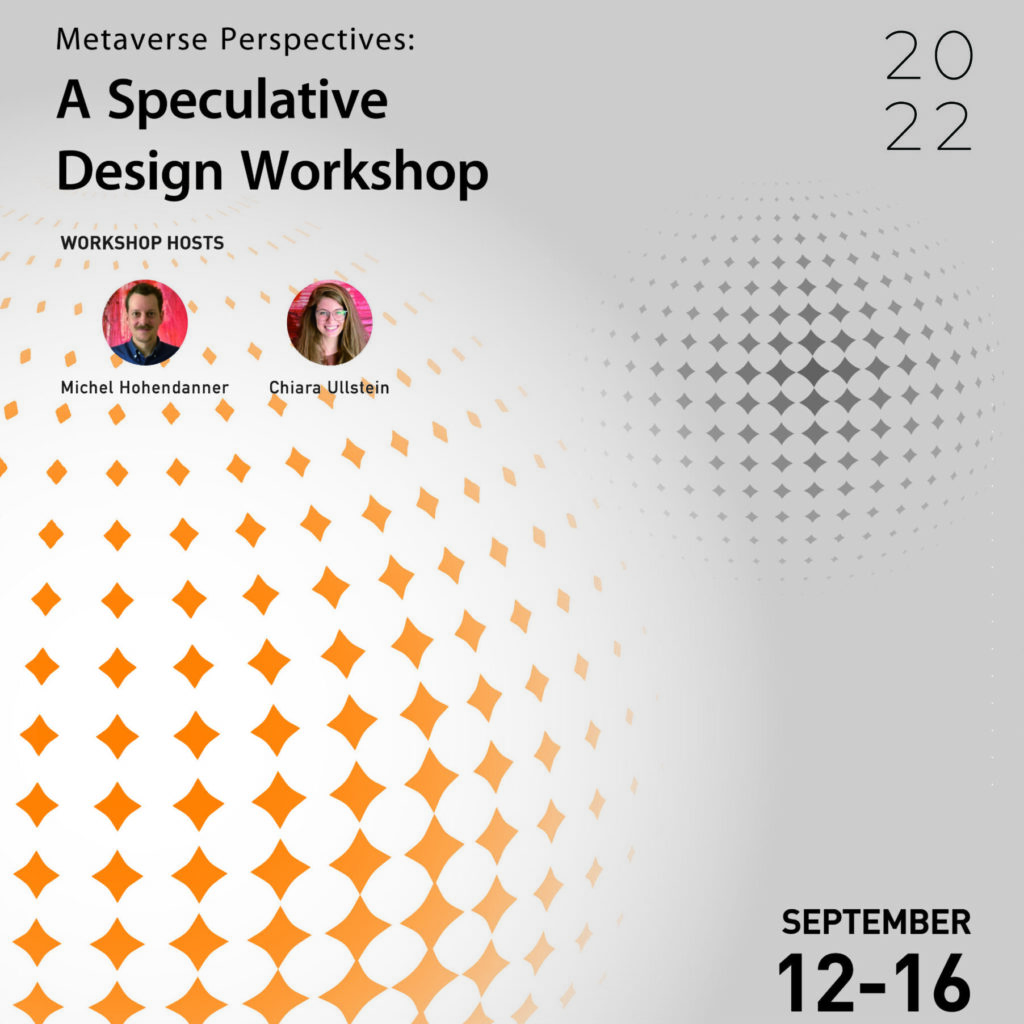
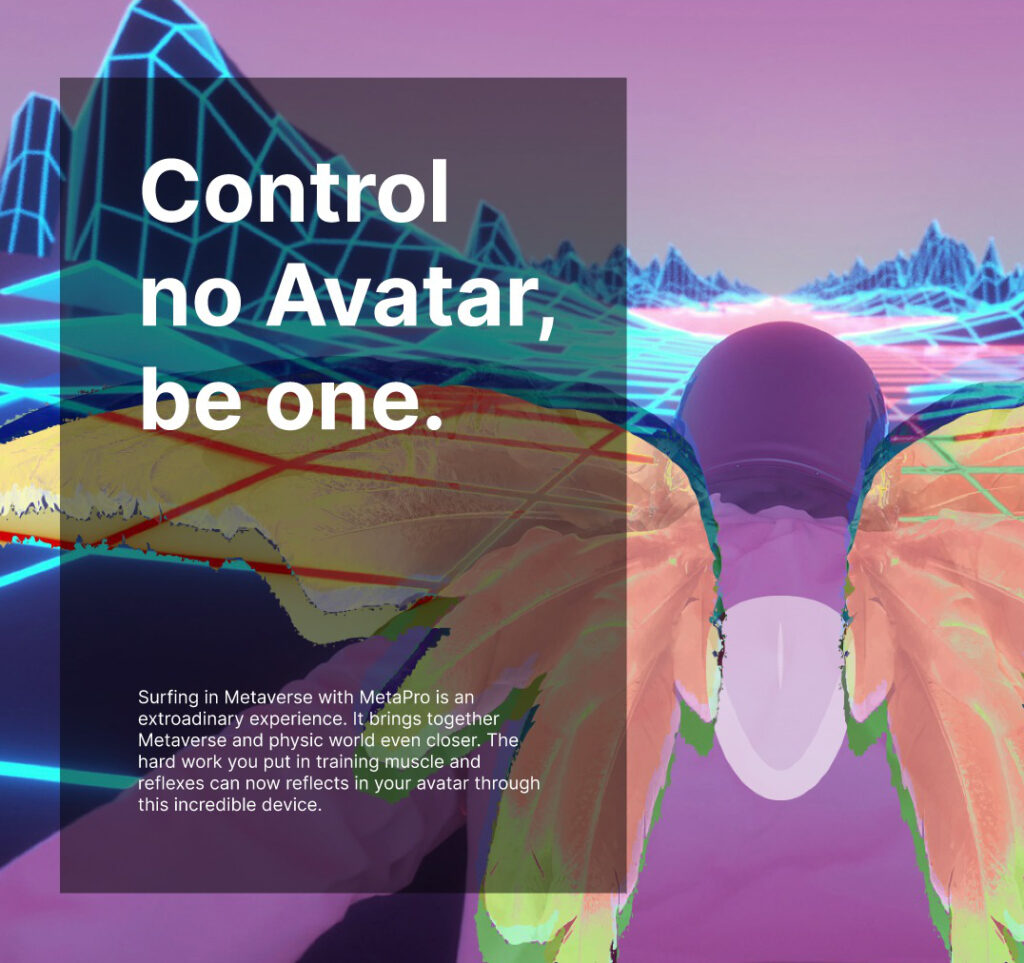
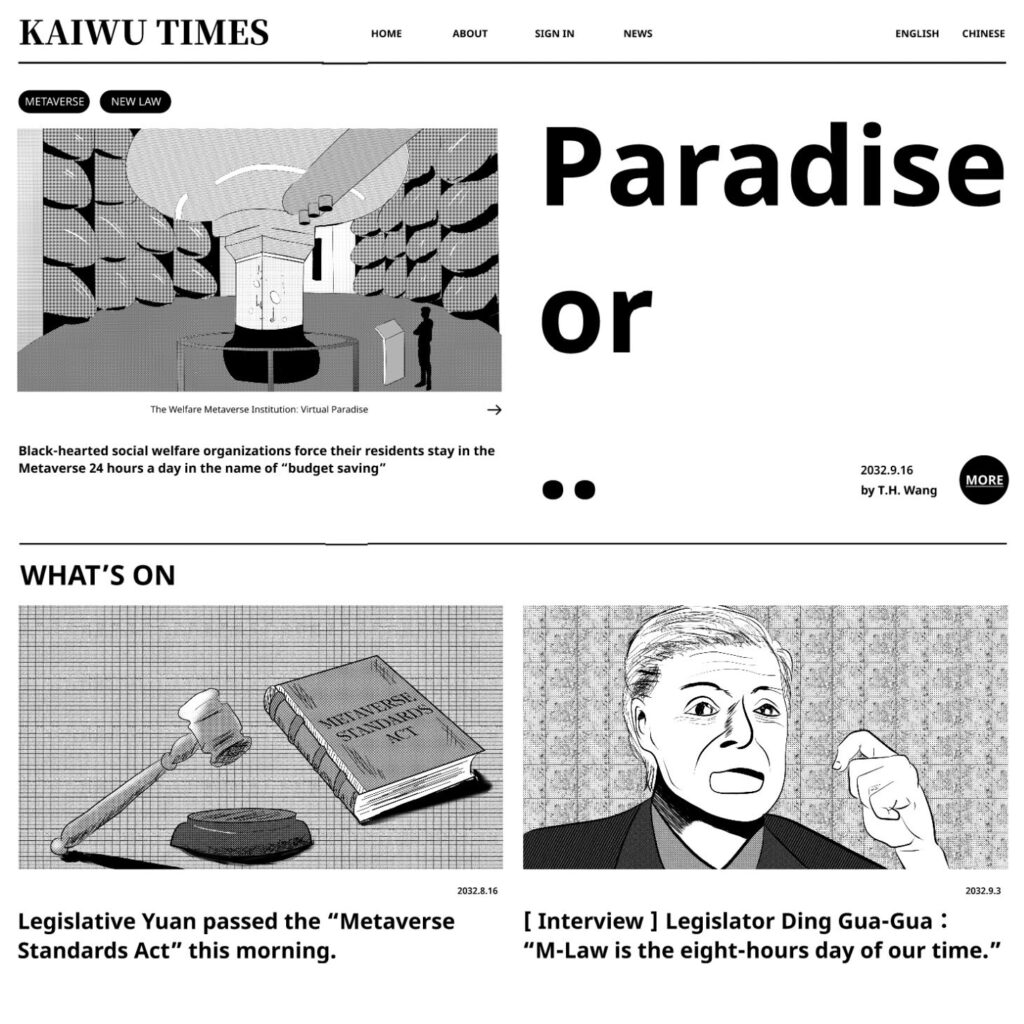
(PARTICIPATORY) SPECULATIVE DESIGN WORKSHOPS
We conducted workshops with young design professionals (Speculative Design) in Taipei as well as with lay citizens (Participatory Speculative Design) in Tokyo/Yokohama alike, to enable a broader range of participants to share their perspectives.
HOW SHOULD THE RESULTS BE APPROACHED?
Please note, the following products are design artifacts created by applying the tool of speculative design. Speculative design artifacts are meant to challenge a status quo and, therefore, sometimes irritate the observer in order to stimulate critical thought processes. These design artifacts are not to be understood as perfect futuristic solutions to specific problems, but rather to be perceived as contributions to discussions about the respective issue of interest.
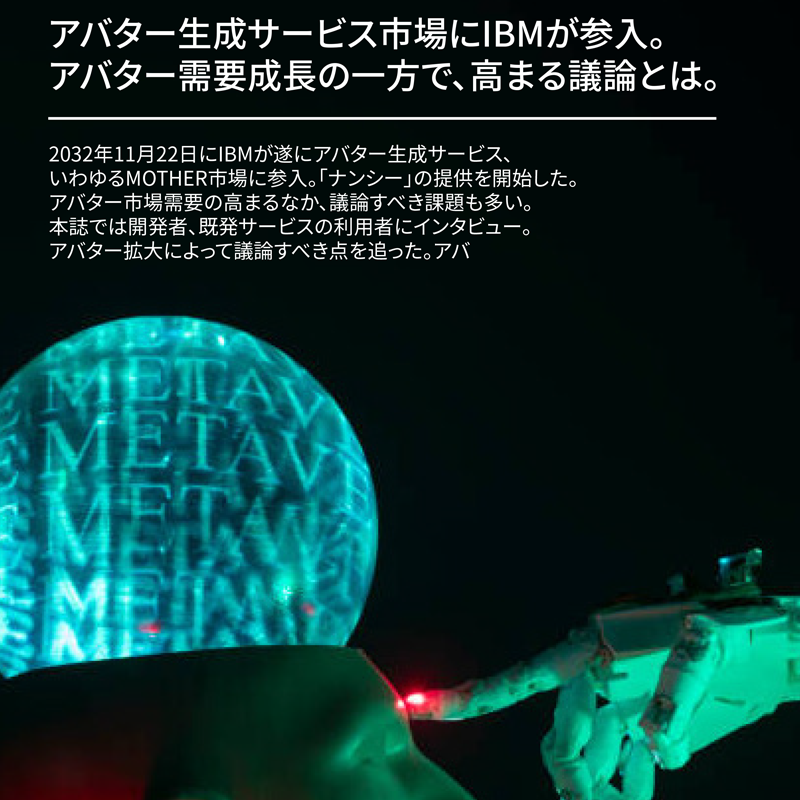
MOTHER
[ Tokyo workshop august 2022 ]
Coming soon
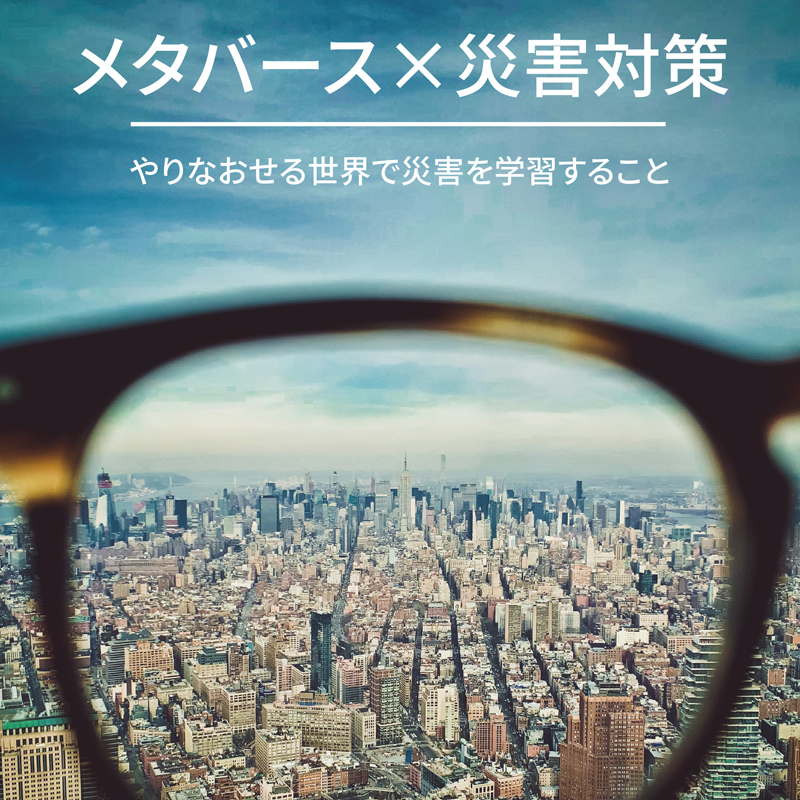
Disaster
Prevention
[ Tokyo workshop august 2022 ]
Coming soon
SURVEY WORKSHOPS
We conducted several survey workshops with citizens in Munich and Wuppertal, Germany. In these workshops, participants were confronted with the fictional future visions in form of magazine articles, that participants of the Participatory Speculative Design workshop in Tokyo/Yokohama conceived. To allow for a quick understanding, the articles were summarized and complemented by an image depicting the scenario. Images were created using AI.
Summaries and respective images are displayed below. The results of the survey workshops, shedding light on participants perceptions, will be published soon.
Please click on the images below to explore the different scenarios.
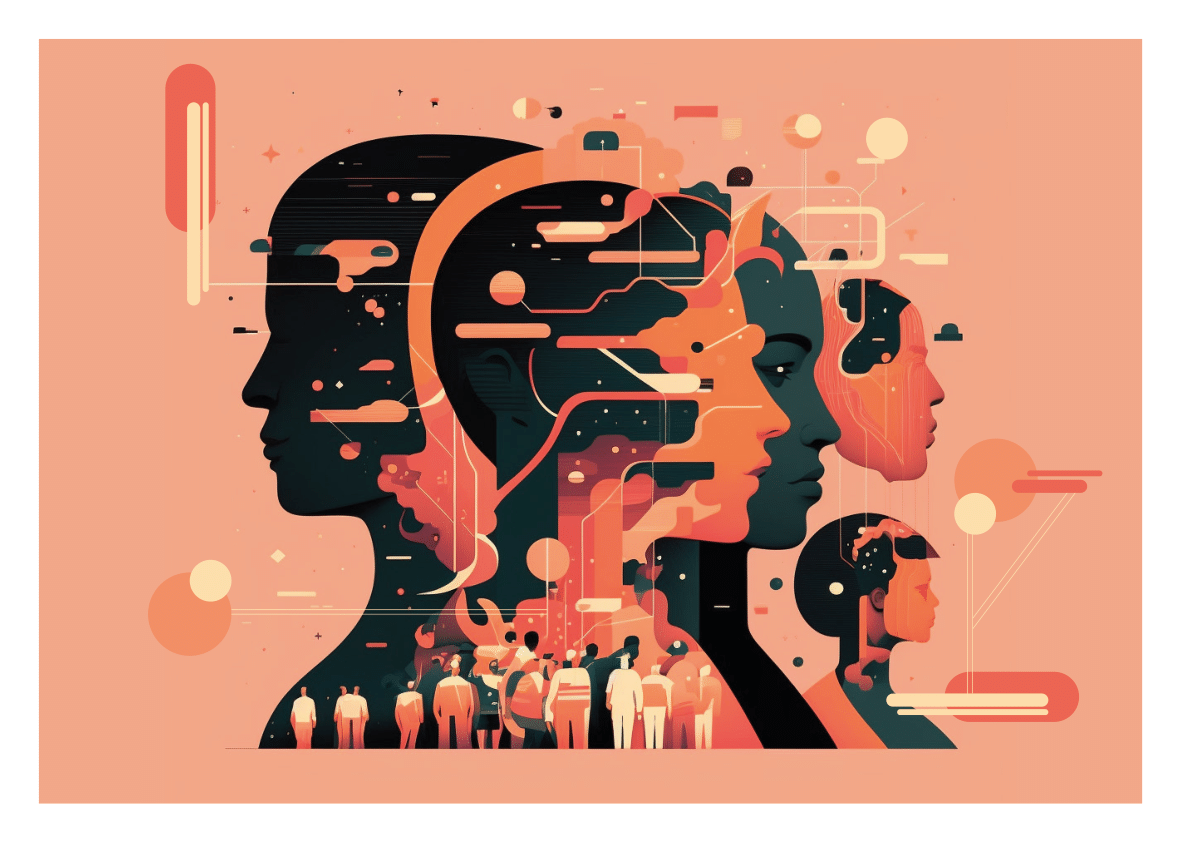
U12-TOPIA
In 2032, the metaverse has become an established part of societies worldwide. It can be experienced in form of interconnected virtual worlds but is also visually added as a digital layer to our physical reality with the help of various technologies.
In Japan alone, more than 10,000 virtual communities already exist. Members of these communities spend time together in virtual environments that can be individually designed and discuss common issues. With the help of artificial intelligence (AI), it is possible to aggregate the opinions and discourse formed in these communities and create a form of collective personality from them. One of the most famous collective personalities in Japan is the AI Topikin, which is formed from the largest virtual community of school children, U12-Topia.
Since Japan is a so-called Silver Democracy, i.e., a society where politics is primarily made by elderly people for elderly people due to the age structure of the society, there is now a discussion about whether AIs like Topikin could be part of the parliament. In this way, the voices of the younger generations could be given greater political weight.
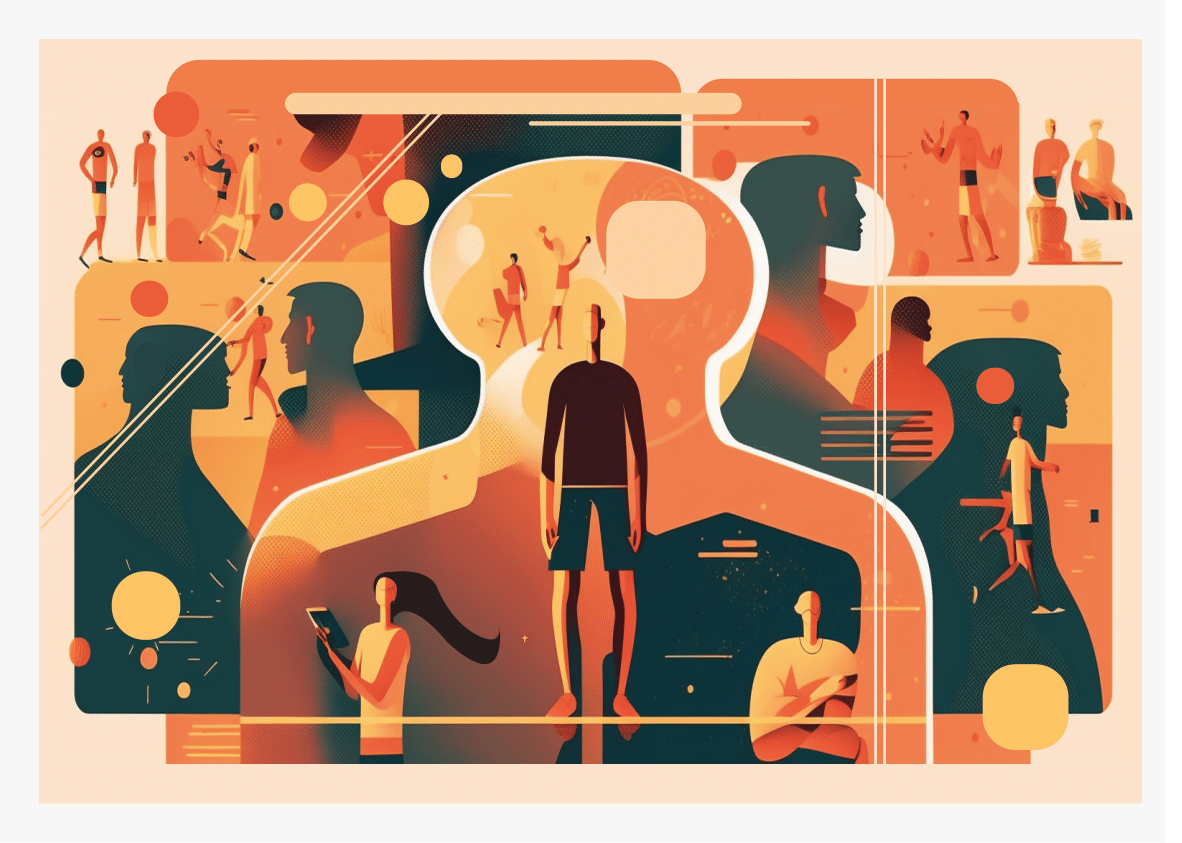
MOTHER
In 2032, the metaverse has become an established part of societies worldwide. It can be experienced in form of interconnected virtual worlds but is also visually added as a digital layer to our physical reality with the help of various technologies.
Many people chose to be represented in the metaverse by an individual virtual figure, a so-called avatar. Since large parts of social and working life now take place in both virtual and real space, the possibilities of interactions and corresponding requests are constantly increasing. Answering these is thus becoming a growing challenge for people in metaverse societies.
A new generation of AI-supported avatars is therefore able to interact autonomously on behalf of their human users, to perform tasks for them and to network or socialize. One person can utilize several virtual representatives, which are individually adjusted to the user during the creation process. The experiences of the avatars can later be revisited by the users as a form of virtual memory. Thus, these autonomous avatars are already being used in interpersonal contexts in a variety of ways as well, for example in virtual childcare but also in dating.
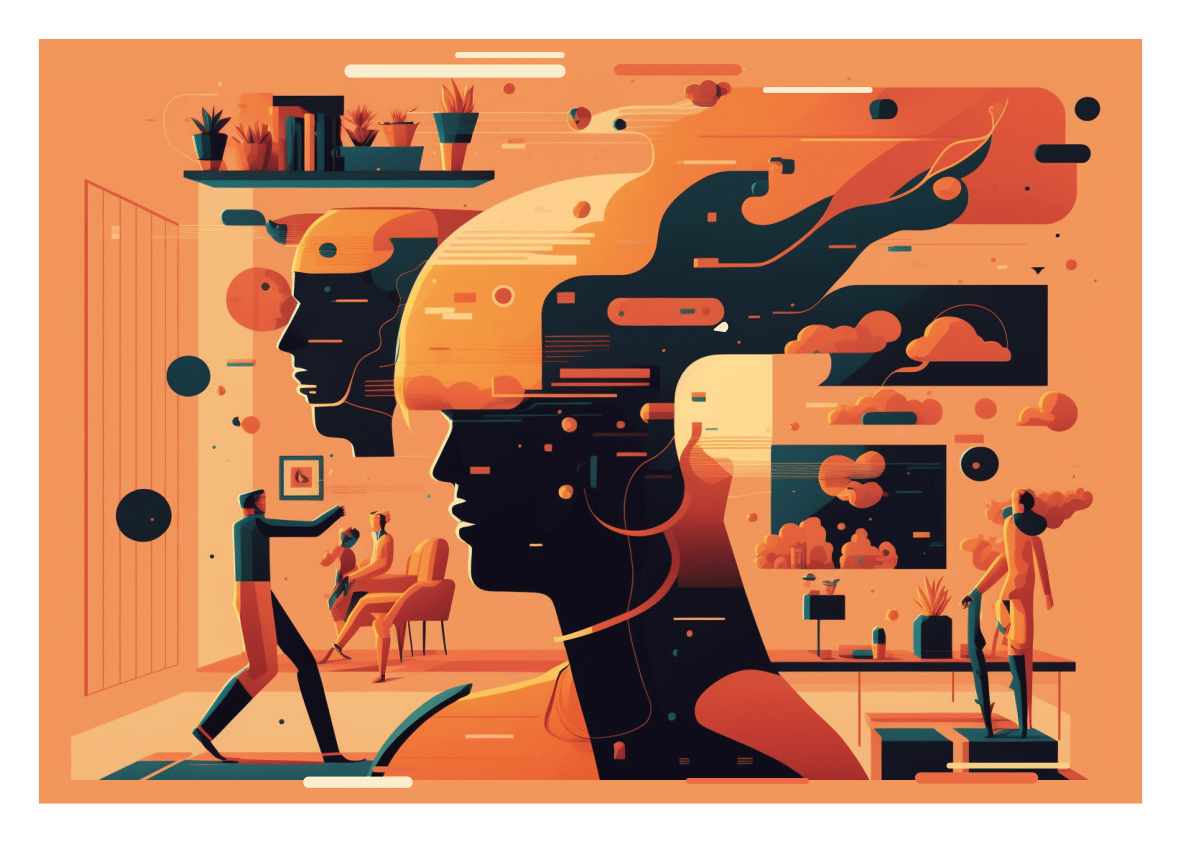
DISASTER PREVENTION
In 2032, the metaverse has become an established part of societies worldwide. It can be experienced in form of interconnected virtual worlds but is also visually added as a digital layer to our physical reality with the help of various technologies.
Using different technical tools (for example, built into a full-body suit), it is possible to integrate haptic and audiovisual stimuli into the experience of the Metaverse in such a way that a comprehensive immersive user experience is created. Users can now experience the virtual space with their entire body and navigate it in a similar way to the physical sphere.
The possible applications extend far beyond the spectrum of VR games. For example, the Japan Meteorological Agency is developing a training program for disaster situations. Various natural disasters such as earthquakes or floods, which occur more frequently in Japan due to its geographic location, can be simulated virtually in environments familiar to citizens, and response strategies can be trained.
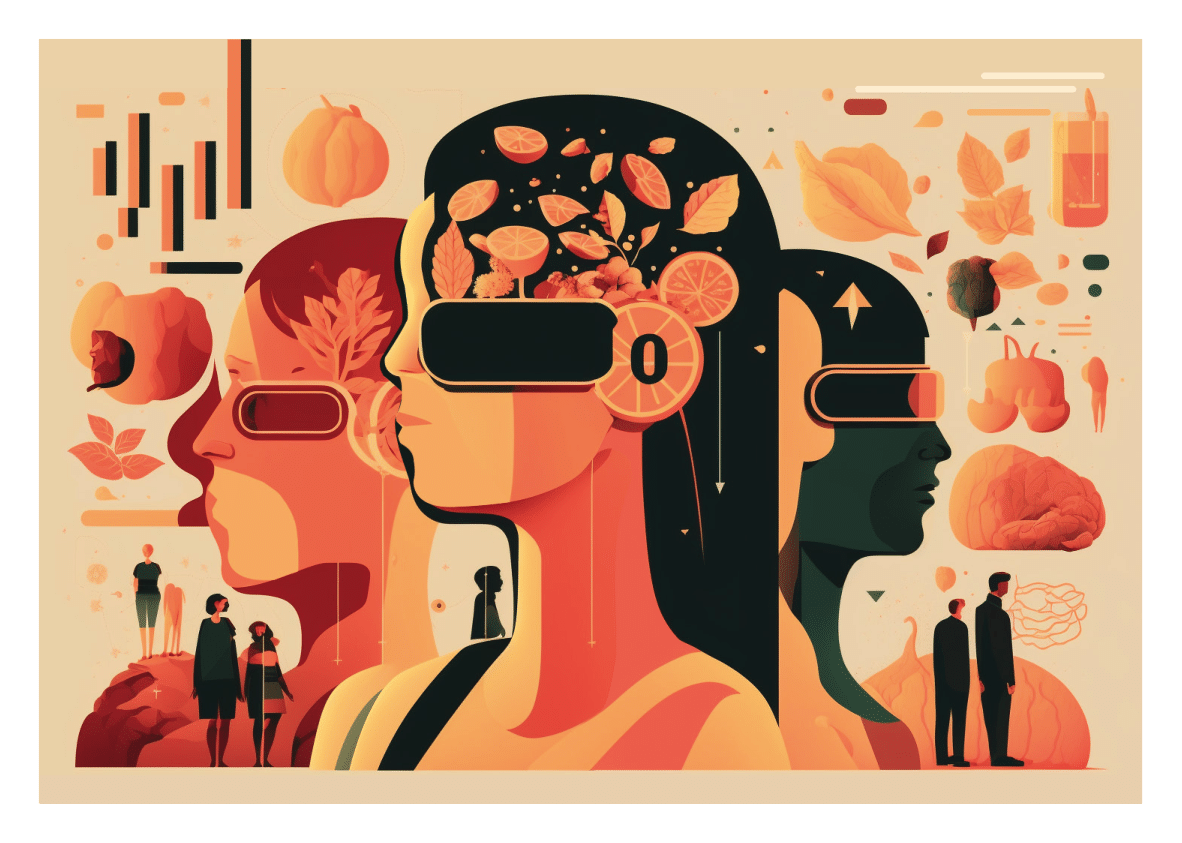
XR-Food
In 2032, the metaverse has become an established part of societies worldwide. It can be experienced in form of interconnected virtual worlds but is also visually added as a digital layer to our physical reality with the help of various technologies.
There has also been great progress in the field of technical sensory stimulation in recent years. It is now possible to simulate various sensory impressions for users in virtual space such as smell and taste. This has a major impact on the food industry and food consumption worldwide. Since it is now possible to simulate elaborate dishes using only basic ingredients, a global sharing of food reserves has been established and food shortages are a thing of the past.
With the help of technology, people can now eat healthier and anti-allergenic foods without compromising on enjoyment. So-called XR restaurants are an integral part of the Metaverse and are used collectively by people around the world to experience international, as well as experimental VR cuisine. This seems to lead to the emergence of a global food culture.



